16 February 2025
Whale-watching is more than just a sightseer’s dream—it’s a front-row seat to one of the most extraordinary natural events on the planet. If you’ve been thinking of planning the ultimate whale-watching trip in North America, buckle up because I'm about to take you through everything you need to know to make your adventure unforgettable.
Whether you're a first-timer or a seasoned wildlife enthusiast, there’s something magical about seeing these gentle giants break the surface, spout mist into the air, and dive back into the deep blue. But before you pack your binoculars and camera, you’ve got some planning to do. So sit tight, and let’s dive into how you can plan the perfect whale-watching adventure.
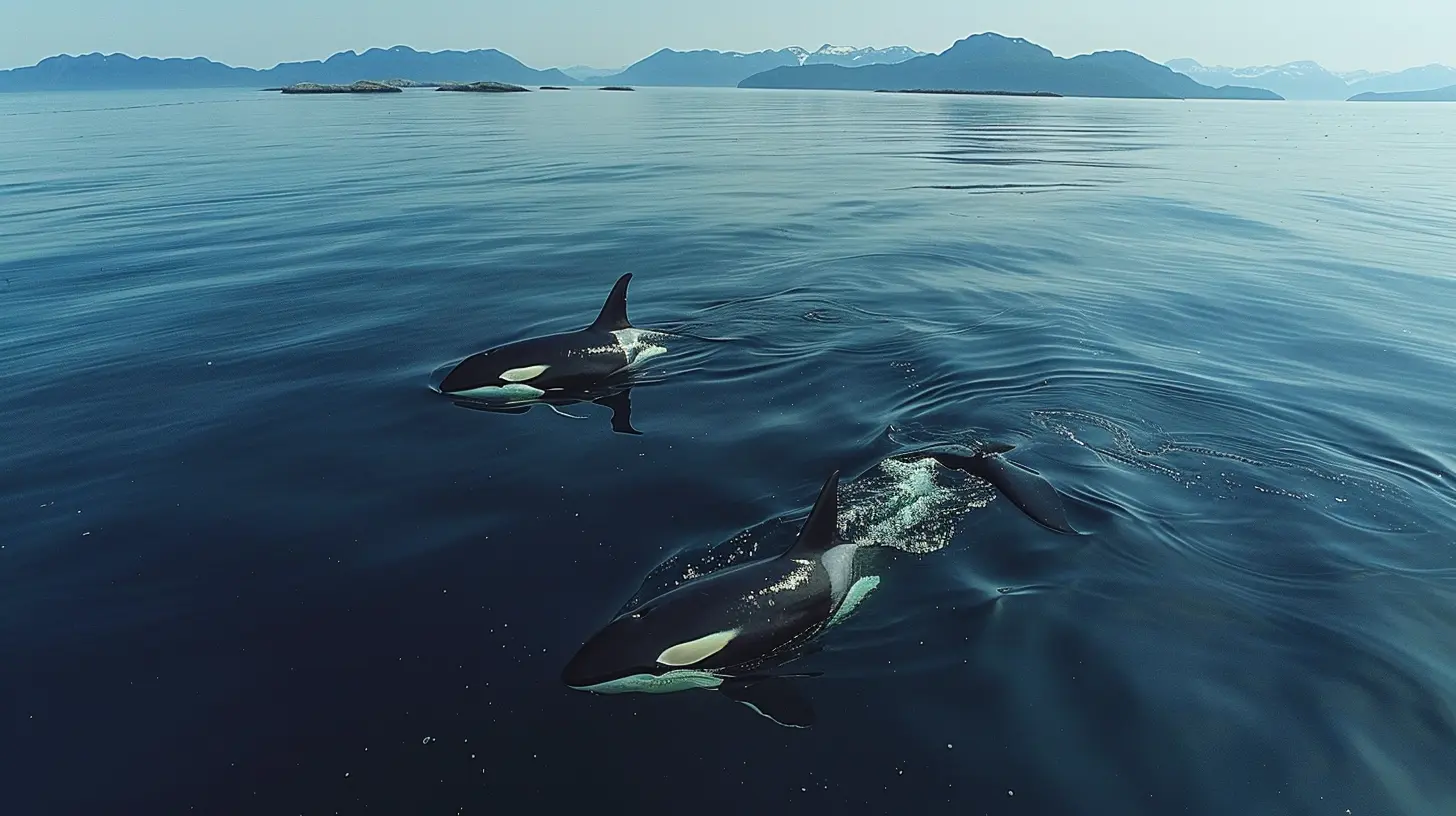
Why Go Whale Watching in North America?
First things first, why should you consider North America for whale watching? Well, North America is home to some of the world’s best whale-watching spots. With its vast coastlines, ranging from the icy waters of Alaska to the sunny beaches of California and even down to Mexico’s Baja Peninsula, North America offers a variety of whale species and spectacular viewing experiences.But it’s not just the whales—it's the whole package. From small coastal towns with charm to rivers and oceans teeming with marine life, whale-watching in North America doesn’t just give you a glimpse of majestic creatures; it offers a once-in-a-lifetime immersion in nature.
Types of Whales You Can Spot in North America
One of the best parts about whale-watching trips in North America is that you won’t just be seeing one type of whale. Depending on where you go and when you plan your trip, you might spot any—or multiple—of the following species:- Humpback Whales: Famous for their acrobatic breaches and haunting songs.
- Gray Whales: Known for their lengthy migration from Alaska to Mexico, one of the longest migrations of any mammal.
- Orcas (Killer Whales): Surprisingly, these are actually part of the dolphin family. Orcas are known for their team hunting and striking black-and-white appearance.
- Blue Whales: The largest animals on Earth, though spotting one is like hitting the whale-watching jackpot.
- Minke Whales: Smaller but equally beautiful with a shy nature.
From these whale species alone, you get an idea of how exciting your trip can be. Some species are seasonal, and others are frequent year-round visitors to these waters. Now, the next big question is—where should you go?
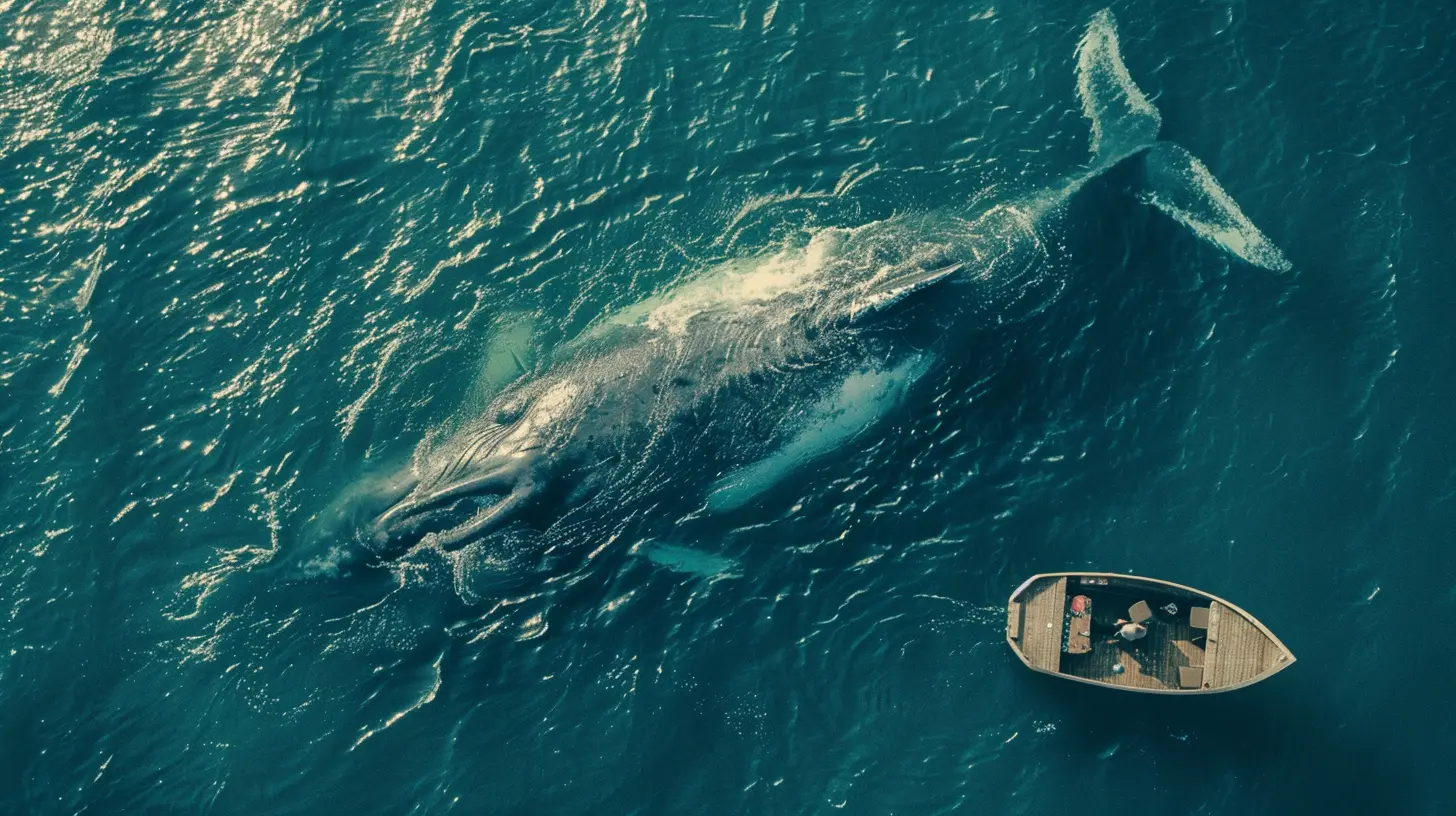
Top Whale-Watching Destinations in North America
Spoiler alert: You’re spoiled for choice! Narrowing down the best spots for whale-watching in North America can be a challenge, so here's a list of some of the most epic destinations where you’ll have the highest chances of a successful sighting.1. Juneau, Alaska
Alaska is hands-down one of the prime spots for whale watching, and Juneau is the beating heart of it all. The peak season in Juneau is from May to September, making it an ideal destination for summer travelers. Here, you can see both humpback whales and orcas in the wild.Imagine gliding through the chilly waters of Alaska while a humpback whale breaches in the distance as if to welcome you to its home. Whether you're on a small boat or a larger tour, the fjords, mountains, and dense forests only add to the grandeur of the experience.
2. San Juan Islands, Washington
If orcas are on the top of your bucket list, the San Juan Islands in Washington State need to be on your radar. These islands are famous for their resident orca pods, which are most active from late spring to early fall.The best part? You're not only confined to the water. The San Juan Islands offer some whale-watching from land, especially from Lime Kiln Point State Park, often dubbed "Whale Watch Park" for obvious reasons.
3. Monterey Bay, California
Monterey Bay is another iconic whale-watching destination, known for its year-round whale-watching opportunities. If you're visiting during the colder months (December to April), there's a great chance you’ll catch a glimpse of gray whales making their annual migration from Alaska to Mexico. In the summer and fall, blue whales grace the waters, offering you a chance to see the largest creature that has ever existed.Located not far from San Francisco, Monterey Bay also offers plenty of other activities like visiting the famous Monterey Bay Aquarium or exploring scenic Highway 1.
4. Cape Cod, Massachusetts
When we think of New England, the first thing that often comes to mind is its beautiful, historical charm. But Cape Cod offers more than just lobster rolls and lighthouses—it’s an ideal spot to witness humpback whales. Between April and October, you’ll find these giant creatures feeding in the rich waters off the coast.Hop onto one of the many whale-watching tours departing from Provincetown, and you’re almost guaranteed to spot humpback whales. Bonus: You might also see fin, minke, and even the elusive right whale.
5. Baja California, Mexico
Baja California's sheltered lagoons make it a popular breeding ground for gray whales, and between December and April, you’ll witness one of nature’s most amazing sights—mother whales nursing and playing with their calves.Something unique about this area is how close you can actually get to the whales. They’re known for being friendly and often approach boats, creating rare chances for close encounters. If you’re lucky, you might even touch one!
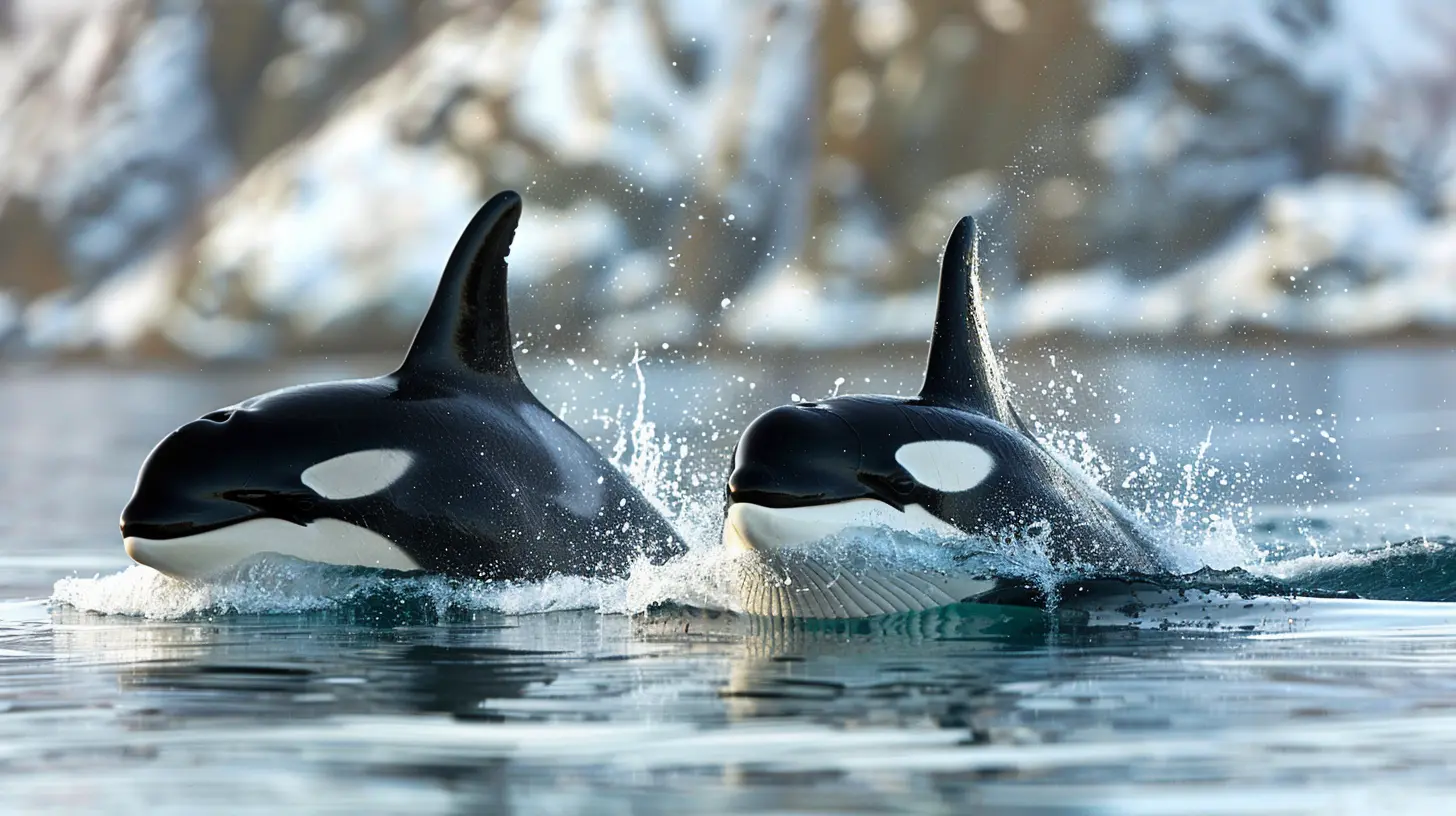
When to Go Whale Watching?
Timing is everything when it comes to whale watching. While certain species are present year-round, others follow a migratory pattern based on the season. Here’s a quick breakdown of when to travel for the best chance of spotting different whale species:- Humpback Whales: April to November in Alaska; December to April in Hawaii and Mexico.
- Orcas: May to September in the San Juan Islands and British Columbia.
- Gray Whales: December to April along the California and Baja coasts.
- Blue Whales: June to October in areas like California and Mexico.
- Minke Whales: Peak season is summer and early fall along both the Pacific and Atlantic coasts.
The best way to maximize your whale-watching experience is to research which species are prominent in the area you plan to visit and book your trips accordingly.
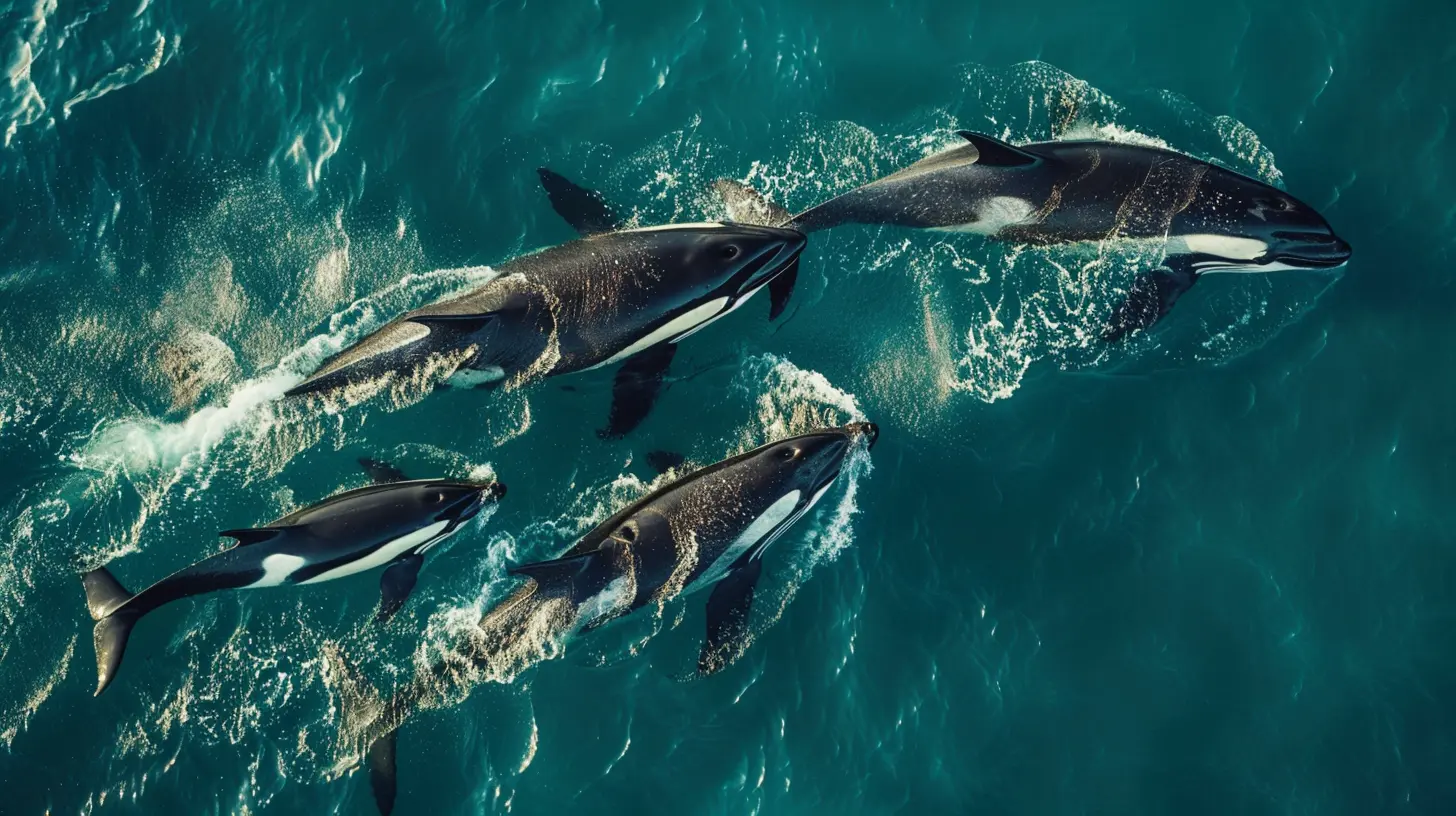
Tips for the Best Whale-Watching Experience
You’ve locked in the destination and date—great! But we're not done yet. Here are some helpful tips to ensure you have the best whale-watching experience possible.1. Choose the Right Tour
Not all tours are created equal. Some operators offer small boats that provide a more intimate experience—perfect if you're a photography buff. Larger boat tours are ideal for families with young kids or people who want a more stable ride. Always read reviews, check the credentials of the tour operator, and ask about their safety standards. Bonus points if the operator follows eco-friendly practices.2. Bring the Right Gear
It’s vital to dress appropriately. No one wants to be caught off guard by wind-chilled air out in the open ocean. Bring layers. Waterproof or wind-resistant jackets are a must. Also, don’t forget sunscreen and sunglasses—even on cloudy days, the sun's rays reflect off the water.And don't leave home without binoculars. While most whale-watching tours will get you close to the action, a good pair of binoculars will bring those far-off splashes into full view.
3. Be Patient
Whales don’t run on a schedule. Unlike a zoo, wild animals roam freely, and while experienced tour operators have good instincts on where to find them, there’s no guarantee. Here’s the rule of thumb: The more time you spend on the water, the higher your chances of seeing whales. If you’re serious about whale watching, consider booking multiple trips or full-day tours.4. Respect the Wildlife
While whale watching is thrilling, it’s also essential to respect these beautiful creatures. Many tour operators follow regulations that ensure they don’t disturb the whales by keeping a minimum distance or following responsible viewing guidelines.5. Don’t Forget Your Camera
Whale watching offers some exceptional photo opportunities, but remember to be present in the moment too. You don’t want to spend the whole trip with one eye behind the lens and miss the sheer beauty of it all. If you don’t have professional equipment, a smartphone with a good zoom should do just fine. Many operators also offer onboard photographers who'll capture the magic for you.Conclusion
When it comes to planning the ultimate whale-watching trip in North America, there are choices galore. Whether you’re standing on the shores of Cape Cod, cruising through the San Juan Islands, or exploring the icy waters of Alaska, every spot will take your breath away. Take your time planning, make sure you’re going at the right time of year, and most importantly, just enjoy the magic of nature at its finest.After all, it's not every day you get to witness the ocean's largest residents in their natural habitat. Happy whale watching!

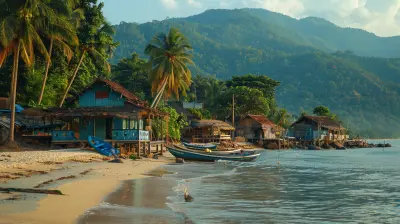





Erin Wyatt
Whale-watching is more than just seeing magnificent creatures; it's about connecting with nature and respecting marine ecosystems. Choose responsible tour operators, prioritize sustainability, and prepare for the awe-inspiring moments that remind us of the beauty and fragility of our oceans.
April 6, 2025 at 4:10 AM